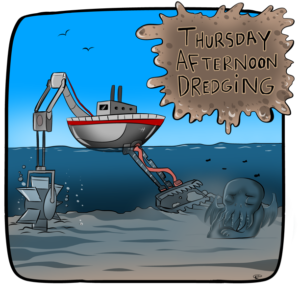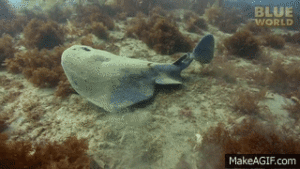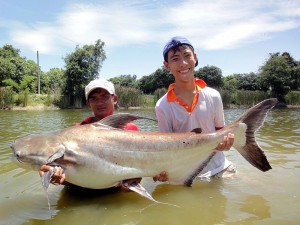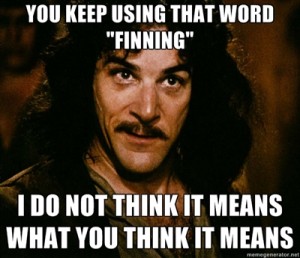
Cuttings (short and sweet):
- Watch this electric torpedo ray in a clip from Jonathan’s Blue World
- Follow Dr. Kara Yopak, a professor at UNC-Wilmington who studies shark brains, on twitter.
- What NOAA does to help Endangered Species. From the NOAA Response and Restoration Blog.









